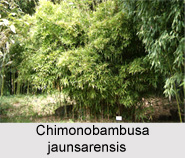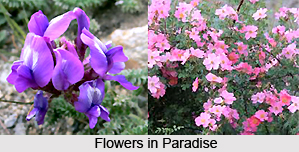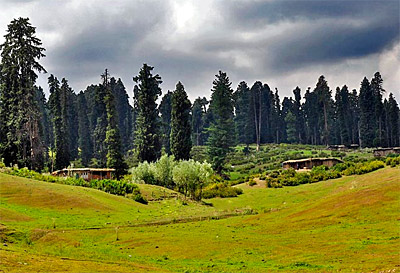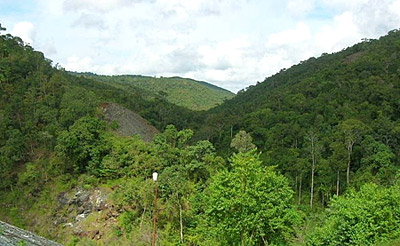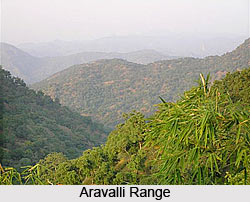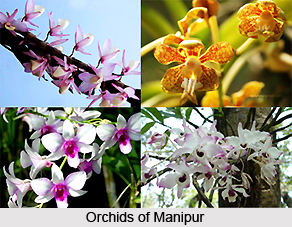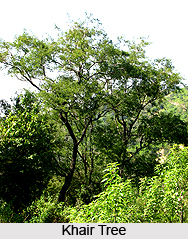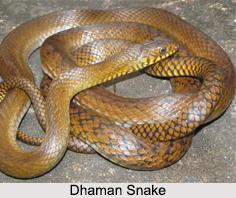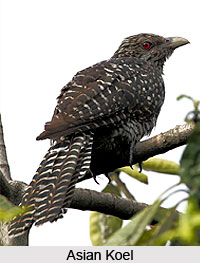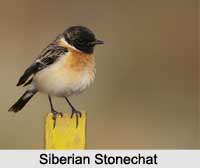 Siberian Stonechat or Asian Stonechat is an Indian bird that bears a scientific name "Saxicola maurus" and breeds in temperate Asia and easternmost Europe and winters in the Old World tropics.
Siberian Stonechat or Asian Stonechat is an Indian bird that bears a scientific name "Saxicola maurus" and breeds in temperate Asia and easternmost Europe and winters in the Old World tropics.
Category of Siberian Stonechat
Siberian Stonechat is a recently validated species of the Old World flycatcher family of Muscicapidae.
Features of Siberian Stonechat
Siberian Stonechat resembles its closest living relative the European stonechat (S. rubicola), but is typically darker above and paler below, with a white rump and whiter under parts with less orange on the breast. The male in breeding plumage has black upperparts and head (lacking the brownish tones of the European stonechat), a conspicuous white collar, scapular patch and rump, and a restricted area of orange on the throat. The female of Siberian stonechat has pale brown upperparts and head, white neck patches (not a full collar), and a pale, unstreaked pinkish-yellow rump. The male Siberian Stonechat in winter plumage are intermediate between summer males and females, with a supercilium resembling the whinchat (S. rubetra); from this species and the female it can be distinguished by the full white collar.
Species of Siberian Stonechat
There are five or six subspecies, with S. M. Maurus and the doubtfully distinct and very similar S. M. Stejnegeri is found across northern and central Asia. The southern S. M. Variegatus (west of the Caspian Sea), S. M. Armenicus (eastern Turkey to Iran), S. M. Indicus (Himalayan Mountain Range) and the Turkestan Stonechat S. M. Przewalskii (southwest China) are distinguished by larger white areas on the plumage.
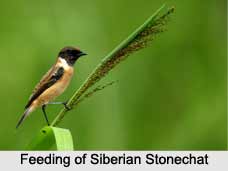 Breeding Range of Siberian Stonechat
Breeding Range of Siberian Stonechat
The breeding range of Siberian Stonechat covers most of temperate Asia, from about latitude 71 degree N in Siberia south to the Himalaya and southwest China, and west to eastern Turkey and the Caspian Sea area. It also breeds in the far northeast of Europe, mainly in Russia but occasionally as far west as Finland.
Migration of Siberian Stonechat
The wintering range of the Siberian Stonechat is from southern Japan south to Thailand and India, and west to northeast Africa. On migration, small numbers reach as far west as western Europe, and exceptionally as far east as Alaska in North America.
Feeding of Siberian Stonechat
Siberian Stonechat is insectivorous. It breeds in open rough scrubland or rough grassland with scattered shrubs, from sea level to about 4,000 m ASL or more. The birds seem to avoid even cool temperate conditions and stay up north only during the hot continental summer. In the montane regions of the Himalayan Mountain Range foothills of Bhutan, migrants can on occasion be seen foraging in fields and pastures more than 2,000 m ASL, but most move further down and south to winter in tropical regions.
